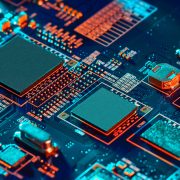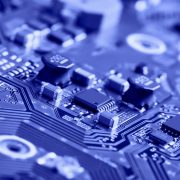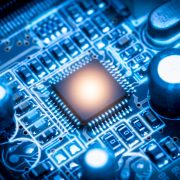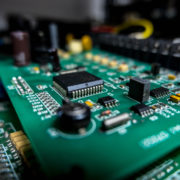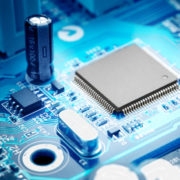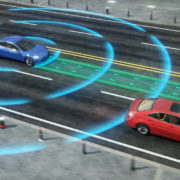Techniques for Reducing Power Consumption in Mixed-Signal ASIC Design
In semiconductor design, mixed-signal Application-Specific Integrated Circuits (ASICs) represent a critical technology for enabling various applications, from consumer electronics to automotive systems. However, with the increasing demand for energy-efficient devices, minimizing power consumption has become a key focus for ASIC designers. This article explores various techniques for reducing power consumption in mixed-signal ASIC design, emphasizing the importance of optimizing energy efficiency without compromising performance.
Understanding Mixed-Signal ASIC Design
Mixed-signal ASICs integrate analog and digital circuitry on a single chip, allowing seamless interaction between the analog and digital domains. These chips are commonly used in applications that require precise control of analog signals alongside digital processing, such as wireless communication, sensor interfaces, and power management systems.
One of the primary challenges in mixed-signal ASIC design is minimizing power consumption while maintaining signal integrity and performance. Unlike purely digital ASICs, mixed-signal designs often exhibit nonlinear behavior and sensitivity to noise, making power optimization a complex task. However, designers can significantly reduce power consumption without sacrificing functionality by combining innovative techniques and design methodologies.
Power Reduction Techniques in Mixed-Signal ASIC Design
Low-Power Architectures
Implementing low-power architectures is fundamental to reducing power consumption in mixed-signal ASICs. This involves designing circuits with optimized power modes, such as sleep, idle, and active states, to minimize energy consumption during inactivity. By dynamically adjusting the operating voltage and frequency based on workload requirements, designers can achieve substantial power savings without compromising performance.
Clock Gating and Power Gating
Clock and gating techniques effectively reduce dynamic power consumption in mixed-signal ASICs. Power gating isolates inactive circuit blocks from the power supply, effectively reducing leakage currents and standby power consumption. Similarly, clock gating involves selectively disabling clock signals to unused circuit blocks, preventing unnecessary switching activity, and reducing power consumption. Designers can significantly reduce overall power dissipation by strategically incorporating clock and power gating.
Energy-Efficient Circuit Design
Adopting energy-efficient circuit design techniques is essential for minimizing power consumption in mixed-signal ASICs. This includes optimizing transistor sizing, utilizing low-leakage process technologies, and employing advanced power management techniques such as voltage scaling and dynamic voltage and frequency scaling (DVFS). Additionally, leveraging energy-efficient analog-to-digital converters (ADCs) and digital-to-analog converters (DACs) can help minimize power consumption in analog signal processing circuits.
Mixed-Signal Co-Design Optimization
Co-design optimization techniques aim to optimize analog and digital circuitry simultaneously to achieve optimal power-performance trade-offs. By considering the interactions between analog and digital components during the design phase, designers can identify opportunities for power reduction while ensuring optimal signal integrity and performance. Techniques such as transistor-level optimization, noise-aware design, and mixed-signal co-simulation enable designers to achieve synergistic optimizations that maximize energy efficiency across ASIC.
In conclusion, reducing power consumption in mixed-signal ASIC design requires a holistic approach encompassing architectural and circuit-level optimizations. Designers can significantly improve energy efficiency by leveraging a combination of low-power architectures, clock gating, power gating, energy-efficient circuit design, and mixed-signal co-design techniques without compromising performance or functionality. As the demand for energy-efficient devices continues to grow, mastering these techniques will be essential for driving innovation in mixed-signal ASIC design and enabling next-generation applications across various industries.
Learn more about Linear MicroSystems by clicking here!
Linear MicroSystems, Inc. is proud to offer its services worldwide as well as the surrounding areas and cities around our Headquarters in Irvine, CA: Mission Viejo, Laguna Niguel, Huntington Beach, Santa Ana, Fountain Valley, Anaheim, Orange County, Fullerton, and Los Angeles.


